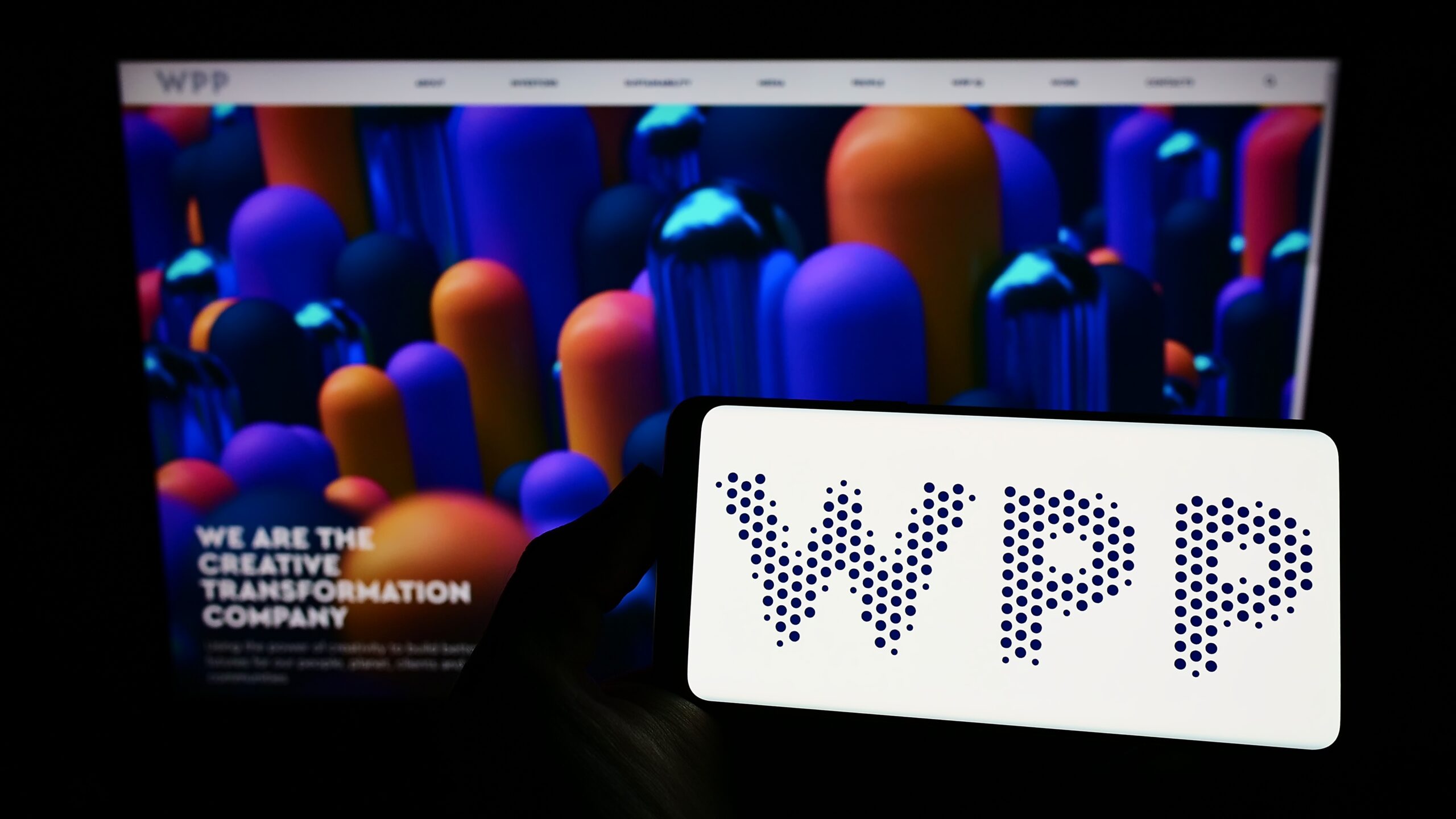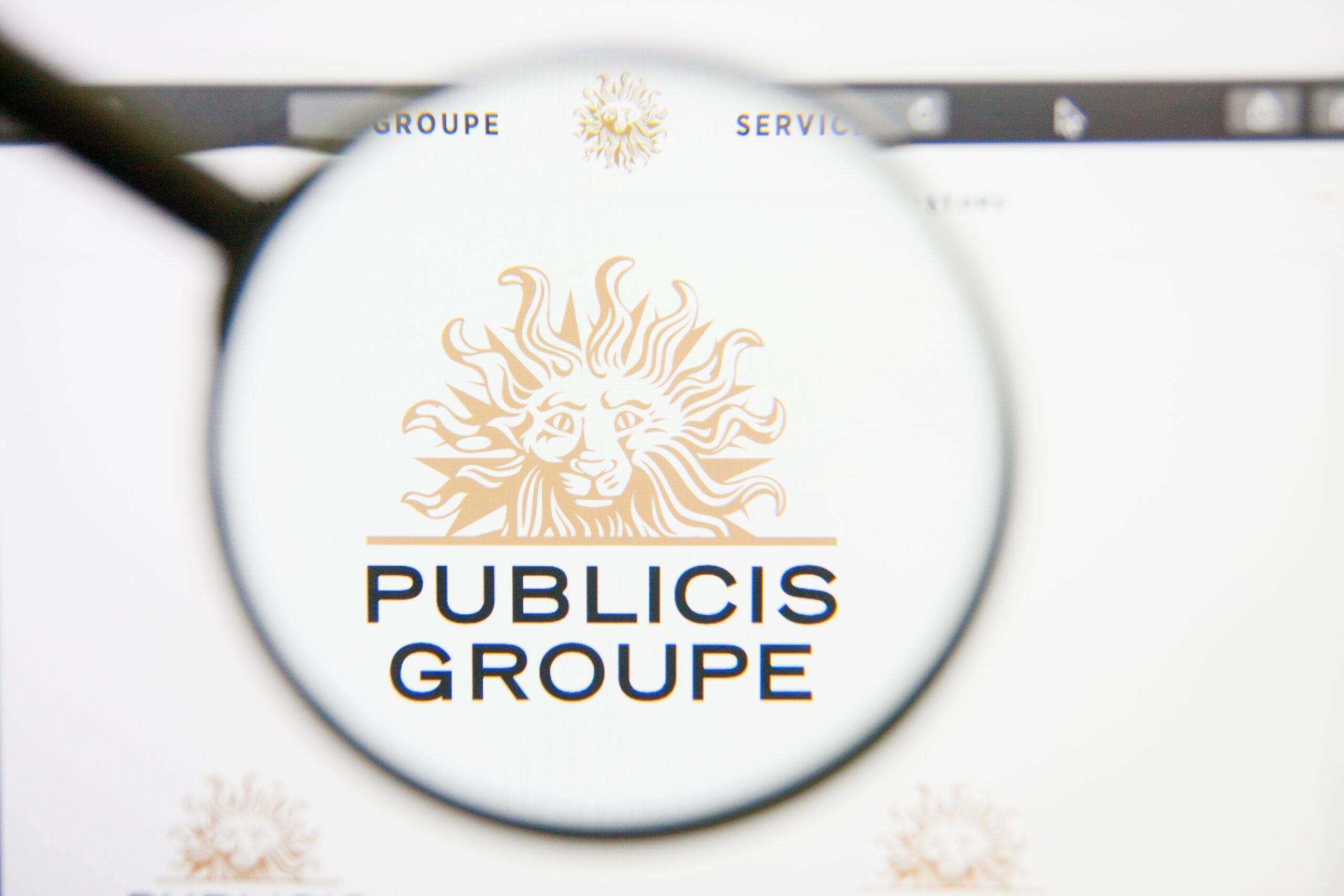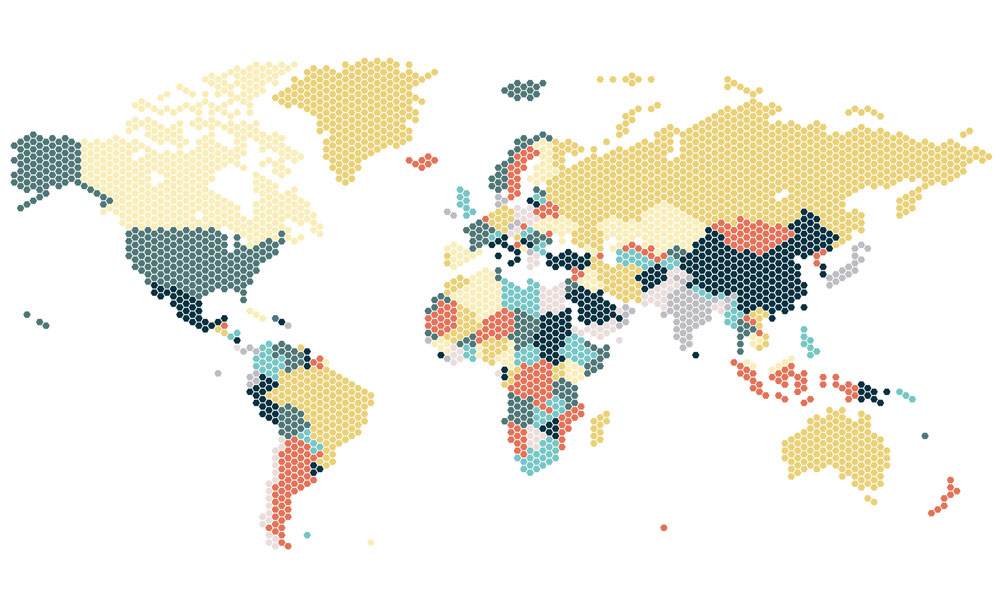
Agency holding company WPP met its own expectations in the first quarter of the year. The holding company reported 2.9% growth in its first quarter new revenue to reach $2.8 billion pounds (about $3.5 billion), according to CFO John Rogers.
“We feel good about our top-line performance. We’d like it be stronger, but we feel good about it,” CEO Mark Read told investors on Thursday.
Standout GroupM, WPP’s media buying and planning agency, contributed to about 36% of the holdco’s Q1 revenue, growing 6.1% in Q1.
Among WPP’s other holdings, communications consultancy FGS Global and health care media agency CMI Media Group experienced particularly strong growth. This growth offset weaker performance by creative agencies, such as Wunderman Thompson and Grey, which collectively grew 0.7%. (Creative agency Ogilvy was a notable exception, thanks to its CPG clients and new business.)
WPP captured $1.5 billion of net-new business in Q1.
WPP recently acquired global influencer agency Goat, New York influencer agency Obviously, German health care PR agency 3K Communications and sonic branding agency amp, which is based in Germany but has operations worldwide.
The two acquisitions in the influencer marketing space allowed WPP to help clients maintain relationships with hundreds or thousands of influencers, measure influence performance and integrate influencers into marketing plans in a relevant way, according to Read.
“Given the amount of time consumers are spending on social media platforms, our clients are increasingly looking for ways to reach them,” Read said. “And many of those ways involve influencers.”
Besides influencers, WPP is paying attention to generative AI. The release of ChatGPT has stoked fears that creative agencies will become irrelevant and the technology could replace agency jobs. When asked if AI could lead to higher margins but lower revenues for WPP’s content and creative budgets, Read responded with a decisive negative.
“I don’t think AI is going to make people suddenly more creative or shorten that [creative] process,” he said. The amount clients pay for work, ideation, strategy and account management “are going to be unchanged.” If anything, generative AI will lead to a far greater volume of creative assets, which could result in more work in line with what WPP does on a fixed-price basis.
And creatives need not worry about job security, Read said. “In all of our experience with technology to date in WPP businesses, it tended to create more jobs than it’s destroyed.”
Read reminded investors that WPP has been using AI “extensively in our business for a number of years,” such as in GroupM’s media business, Hogarth Worldwide’s creative production work for “all the channels that consumers need” and to target media, optimize campaigns and create audiences.
But now generative AI factors into creative for major ad campaigns. For instance, in AKQA Bloom’s campaign for Chilean plant-based meat company NotCo, AI-generated images (created using ChatGPT, Midjourney and Stable Diffusion) show what livestock animals such as pigs, cows and chickens would look like if they lived to an old age.
“What’s changed in last six months is application of generative AI to the creative processes – the production of language, video, imagery through AI,” Read said. “That’s really allowed us the opportunity to use it much more creatively.”
For the rest of 2023, WPP’s prediction of 3% to 5% YoY growth remains unchanged.






 By
By 



